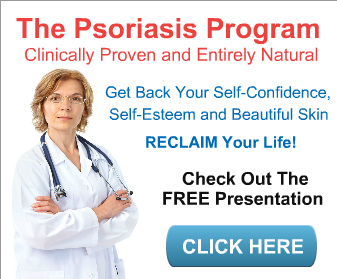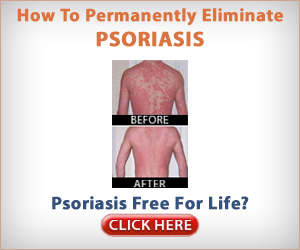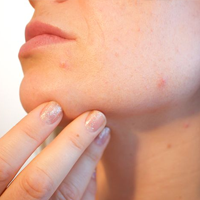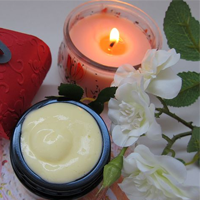Eczema and Psoriasis: An Inexpensive and Effective Treatment
The purpose of this article is to tell the world what I have learned from my own personal experience about an inexpensive and effective treatment for eczema. Because psoriasis is a very similar affliction, there’s a good chance that this treatment would be effective for psoriasis too.
Eczema is a skin irritation characterized by red, flaky skin that sometimes has cracks or tiny blisters. It’s believed to be hereditary and if both parents have it, there is an 80% chance that their children will have it too.
Once upon a time, I had medical insurance coverage and I was able to afford any medication my doctor prescribed. I used to have a slew of little bottles and creams that were somewhat effective in relieving the itching, but nothing I ever tried had any effect whatsoever in terms of reducing the severity or frequency of eczema attacks.
Topical applications of cortisone cream have a limited effect in terms of relieving the itching, but cortisone just suppresses eczema and can actually cause it to spread. There’s a theory that eczema can be brought on by stress, and I believe that may be true. After experiencing a year long constant virulent attack during 2004 through 2005 when I was under severe stress, I decided to seek medical help in order to find out whether anything new had been discovered regarding eczema treatment.
The only treatment I didn’t already know about involves exposure to ultraviolet light radiation which is very expensive. For many years there have been medications that are taken internally, but all of them require regular blood testing for possible liver damage. For me, this is out of the question because any medication that is capable of causing liver damage comes under the category of unacceptable.
One day I was returning from a doctor visit when I passed a health food store, and I had some time to spend so I went in. The woman behind the counter turned out to be a certified nutritionist so I asked her whether she knew anything about eczema treatment that the doctors don’t know about. She said “Yes, I do.” I said “Really. Tell me.”
She brought out a small bottle of liquid zinc and told me that some of her customers had reported success with topical applications on their eczema sores. So I bought a bottle. I figured “What have I got to lose? Nothing. Twenty bucks, maybe.” To my surprise, it relieved the itching and seemed to have some limited effect in reducing the inflammations.
The health food store lady had told me that zinc is a healer so I started thinking about it. I remembered that Desitin is a very effective and well known treatment for baby rash and that the active ingredient is zinc oxide. I thought “If liquid zinc is effective topically, how much more effective could it be if I take it internally?“
Being inherently cheap, I was a bit bothered by the idea of buying another small bottle of liquid zinc and I knew that zinc tablets are inexpensive. And that certainly appealed to my wallet. I discussed my idea with the nutritionist who agreed that it could work. So I began with the 75 mg. daily dose that the woman recommended and gradually worked my way upwards until I reached 200 mg. a day.
Eczema makes me so angry that I often curse “the eczema Nazis” each time the first blister occurs with the unmistakable itch that feels like it originates in my bones. I say to myself, “Damnation, I’m under attack again!”
Now I say “Come on zinc, be John Wayne and kill every last one of those eczema Nazis!” Eight months after I began my inexpensive experiment with zinc taken internally, I can report real progress. Where previously one tiny eczema blister always signaled a serious outbreak, now it stops without spreading any further and heals very quickly. The indicative first blister is not necessarily accompanied by itching either. To me, this is very significant because it constitutes a completely new pattern that has never before manifested in my entire life.
If you want to try taking zinc internally, I’d recommend “chelated” zinc because zinc is a mineral and minerals are not easily absorbed into the bloodstream.
Back in the early 1980’s, the health food industry discovered that if minerals are chemically linked to something the body can easily absorb, they are far more effective.
The chemists who invent these things decided to use amino acids which are natural proteins, and proteins are easily absorbable. The process of chemically linking a mineral to an amino acid is called chelation. I’ve written all this with a sincere desire to help others benefit from my experience and I really hope that somebody out there has found my article to be valuable.




